Chess Strategy: Complete Guide
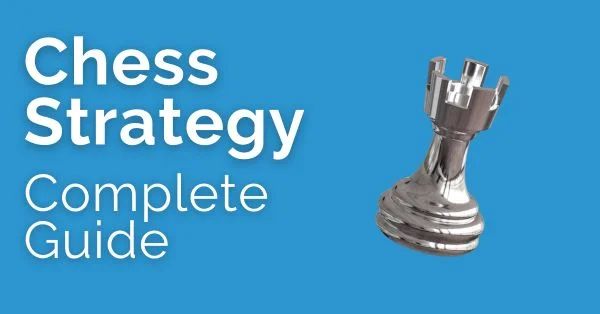
Chess is a complex game and, to get better at it, you will need to work on its two components – tactics and strategy. When we talk about tactics, we usually talk about something immediate. For example, you can use tactics to punish a mistake your opponent has made in two or three moves.
It is basically an opportunity you can use to get some kind of advantage in a few moves. It doesn’t have to, but it can also involve sacrificing something temporary to get a bigger advantage in return a few moves later.
What is Strategy in Chess?
When we talk about strategy, we think long-term. Whilst tactics allow you to immediately punish your opponent’s mistakes, the strategy helps you understand and use in your favor the more permanent aspects of the position. It will teach you how to develop a position, how to identify and use in your favour the small plusses in a game. Many times, I have students show me a position (could be right after the opening is over) and tell me “…and here I didn’t know what to do”. This is where chess strategy will help. Understanding what you can do when there’s nothing immediate will help you build a plan to improve your position or identify and use the disadvantages in your opponent’s position.
Why Strategy is important?
As you can see, strategy is very important in a chess game, and finding the right one can help you win games. It will give you a deeper understanding of the game, allowing you to outplay your opponents with deep plans and ideas. Understanding strategy helps you develop a healthy playing style and understand what to look for in a chess game.
Strategy isn’t only useful for the middlegame; it can be easily used in all three phases of the game.
For example, if your opponent plays an opening you haven’t seen before, knowing the main principles of chess will help you play good moves and get to the middlegame safely. In the endgame, small strategic ideas can help you find weaknesses in your opponent’s position and exploit them.
How to improve Chess Strategy?
To improve your chess strategy, I recommend you go through Grandmasters’ games. Classical games (for example, games played by the old World Champions) are a very good starting point. It is easier to follow these strategic ideas in older games and World Champions were all very good in all aspects of the game.
Fundamental ideas
Some general principles you should pay attention to in order to get a better game are:
1. Play for a quick development.
To have a good game, you need to have pieces that can work together. Pieces can’t work together and be active if they haven’t been developed. So, if you want to get a comfortable position or if you want to build healthy attacks, make sure you finish your development as soon as possible!
One of the most common mistakes beginners make is that they start attacking with only one or two pieces. This is many times done without castling as well. If you think about the chess game as a battle between two armies, you wouldn’t send one soldier to take down the enemy’s army all by himself. He would be shot dead as soon as he reached the enemy lines. It’s the same way in chess. Pieces need to help each other in order to be successful. So, develop them fast, put your king into safety (castle) and only then you can launch an attack!
2. Keep your king safe.
Make sure that your King is safe. I will talk about this principle now since I’ve just mentioned that you should put your king into safety as soon as possible. We do this because we wouldn’t want to get checkmated in the middle of an attack, basically. A king in the center is usually an easy target. If the position gets opened, you can easily get in trouble.
But king safety doesn’t only refer to castling.
You have to make sure throughout the whole game that you protect your king well. When you decide which side to castle on, you do this based on safety. If you have already advanced a lot of pawns on the kingside, for example, you probably won’t castle there anymore; you will try to castle long. Just as well, after you have castled, you shouldn’t advance the pawns in front of your king and leave it exposed.
Many times, such moves can be disguised as active moves, but a weak king is permanent and it can give your opponent a big advantage. Let’s take the following diagram:
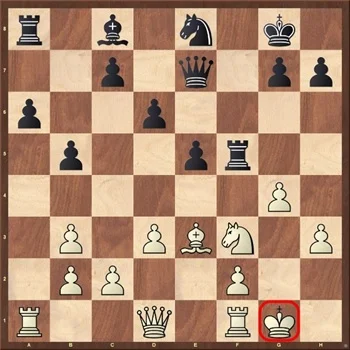
White has just played g4 in this position, attacking the black Rook. However, this is an easy threat to stop for black and once this piece moves, the white King will be permanently weak. The weak squares around the King played an important role in this game and black won a few moves later after the Queen invaded via h4.
3. Control the center.
Fight for the center. This means not only developing towards the center and controlling it but also not surrendering it to your opponent. Let’s talk first about controlling the center. You should try to control the center of the board not only with your pawns but also with your pieces. The fight for the center starts right from the beginning when you should develop your pieces towards the center. Throughout the game, you should try to improve them, which usually means finding better central squares for them. A piece that controls the center is more active and can easily move from one side of the board to the other.
4. Gain space.
Good control of the center gives you space. Space is vital in a chess game. It dictates the course of the game – if you have more space than the opponent, it also means that your pieces will be more active and it will be easier to find active ideas. A lack of space can lead to passive play, which makes it more difficult to find useful moves.
Space refers to the number of squares you control on the chessboard. So, in your fight for the center, it’s important to try and win space with your central pawns. Advanced central pawns will give you a space advantage and will usually make your piece play easier. For example:
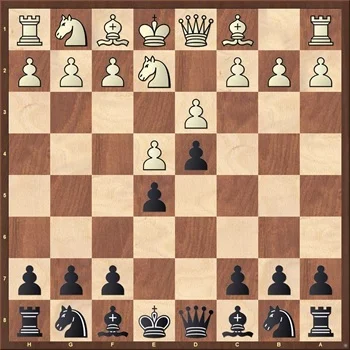
Here we can say that white has allowed his opponent to take too much space. The d pawn has passed half of the board, forcing the white knight back from c3. Notice also that white’s development has now become much more difficult as well.
5. Activate your pieces.
Look for better squares for your pieces. You should try to improve your position with every move. You can do this by finding better, more active squares for your pieces. Let’s take the following position that shows a typical way of improving the position of your kingside knight:
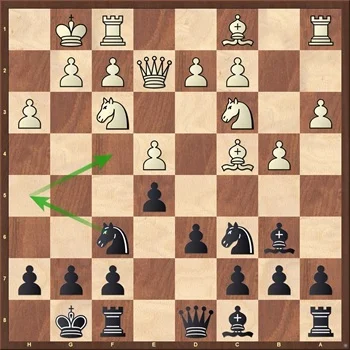
Mortimer, J – Marshall, F, Paris 1900
Notice that black’s f6 knight is developed in this position, but it doesn’t have any function; it’s not active. Marshall found the best way to improve it – he played Nh5 followed by Nf4. On f4 the knight is placed on a central, active square and can help put pressure on the white king.
6. Be careful when pushing your pawns!
We have seen that pawns can help you gain space. But, they can also create big weaknesses behind them when pushed without support. If you look back at the diagram we went over when we talked about the king’s safety, the advance of the g pawn was decisive for the game. It allowed black to get his pieces inside white’s position and attack loose points, such as the h3 pawn. This is the position only a few moves later:
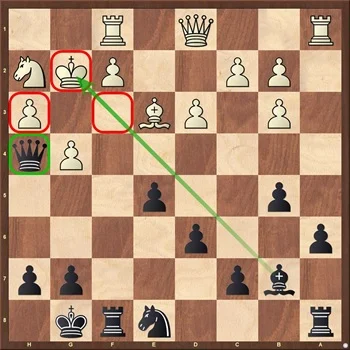
It’s clear that white is in big trouble. The long diagonal is weak, the black Queen is very powerful on h4, while the King on g2 and pawn on h3 are targets.
As you improve your understanding and become a better chess player, you will discover many more strategic ideas to use in your games. However, these general principles can help you make better decisions during a game. You can also apply them at any level.
You also might like Positional Chess Understanding: The Space Advantage as well as The Capablanca Pawn Structure.




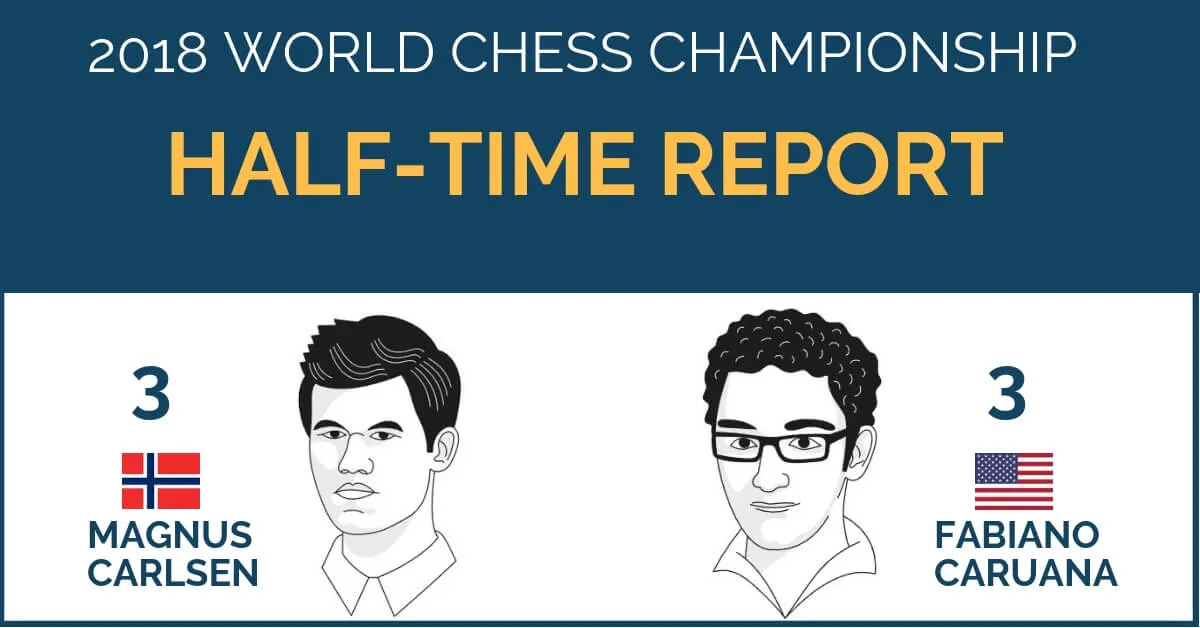
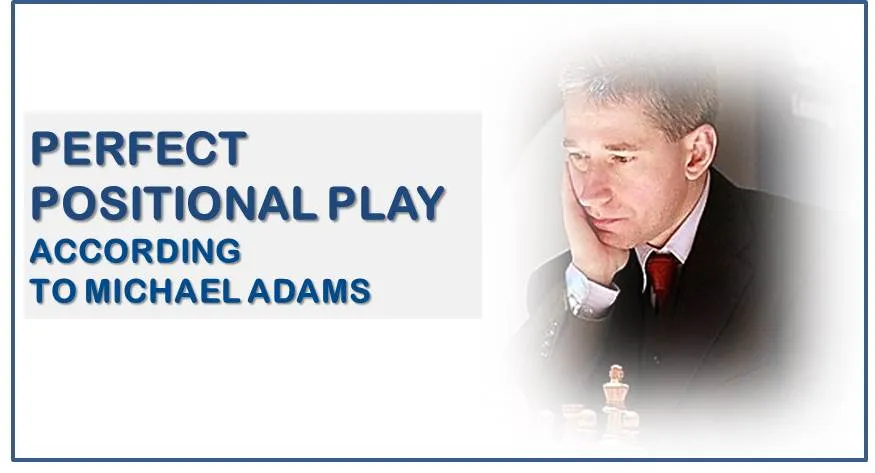




Comments: